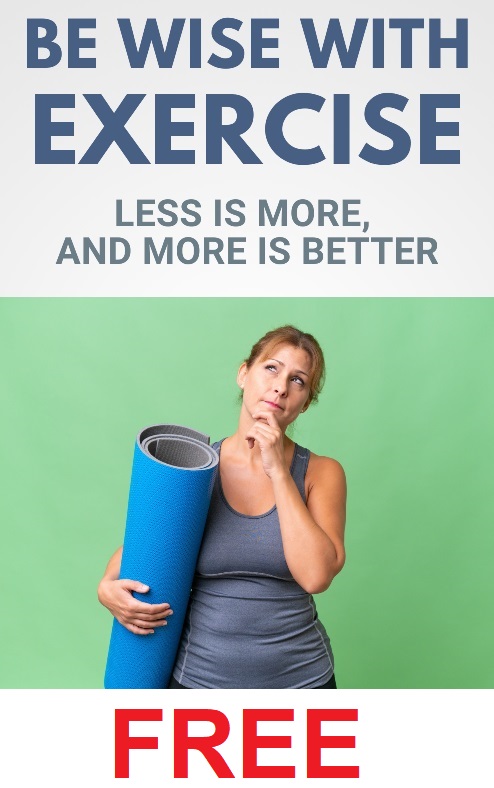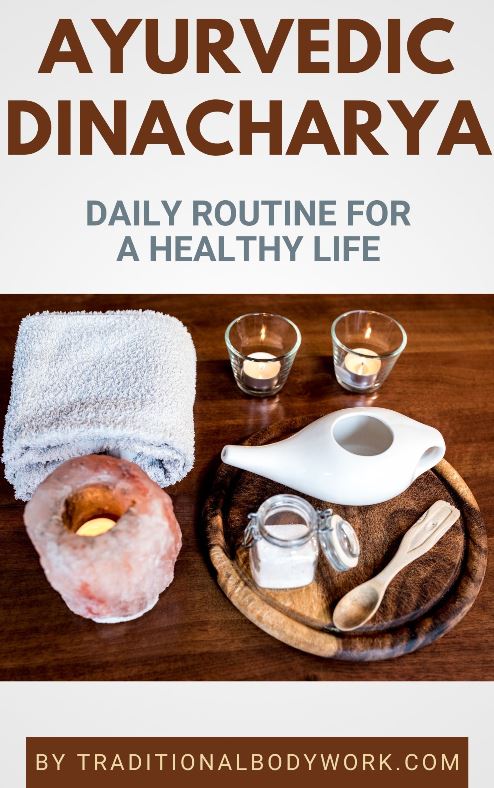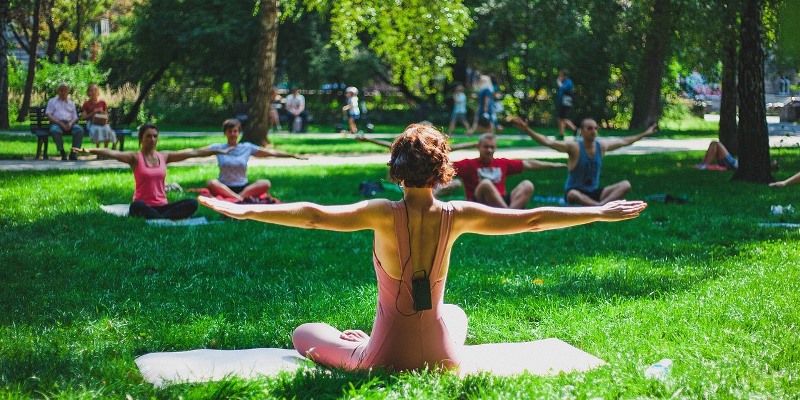
Having enough physical exercise in your life is undoubtedly important because it contributes to a healthy body and mind. Moreover, too little physical exercise can make you ill.
Nevertheless, an appropriate level of physical exercise is just one of many factors that are necessary for your physical, emotional/mental, and spiritual health and wellbeing.

It’s not easy to simultaneously control the numerous other factors, which include things like job satisfaction, living environment, financial conditions, sleep quality, nutrition, and social, partner, and family relationships.
To be (or become) healthy and feel well is a holistic effort, one that involves taking care of all aspects of your being. That’s a lot to think about, but I feel we shouldn’t be too hard on ourselves and rather first make an effort to become aware of what could or should be changed to improve our lives.
After we’ve become fully aware of the what, we can then try to find out how to change those things in ways that best fit our situation, abilities, and possibilities.
Nevertheless, I think that bringing more physical activity in our lives is perhaps the easiest of all the factors I just mentioned. I think it’s the one thing we can — with a bit of extra effort and will — get a grip on. And what a difference it will make.
Having said that, I conclude this post with giving you the six key messages with respect to physical activity and sedentary behavior as formulated by the World Health Organization (WHO).
You can also find these messages on the WHO website at WHO guidelines on physical activity and sedentary behaviour: at a glance.
1. Physical activity is good for hearts, bodies and minds.
Regular physical activity can prevent and help manage heart disease, type-2 diabetes, and cancer which cause nearly three quarters of deaths worldwide. Physical activity can also reduce symptoms of depression and anxiety, and enhance thinking, learning, and overall well-being.
2. Any amount of physical activity is better than none, and more is better.
For health and wellbeing, WHO recommends at least 150 to 300 minutes of moderate aerobic activity per week (or the equivalent vigorous activity) for all adults, and an average of 60 minutes of moderate aerobic physical activity per day for children and adolescents.
3. All physical activity counts.
Physical activity can be done as part of work, sport and leisure or transport (walking, wheeling and cycling), as well as every day and household tasks.
4. Muscle strengthening benefits everyone.
Older adults (aged 65 years and older) should add physical activities which emphasize balance and coordination, as well as muscle strengthening, to help prevent falls and improve health.
5. Too much sedentary behavior can be unhealthy.
It can increase the risk of heart disease, cancer, and type-2 diabetes. Limiting sedentary time and being physically active is good for health.
6. Everyone can benefit from increasing physical activity and reducing sedentary behavior.
This includes pregnant and postpartum women and people living with chronic conditions or disability.
For a complete overview of the WHO recommendations you can visit the WHO website page titled Physical activity, or download the WHO PDF at Physical Activity and Sedentary Behaviour.


















